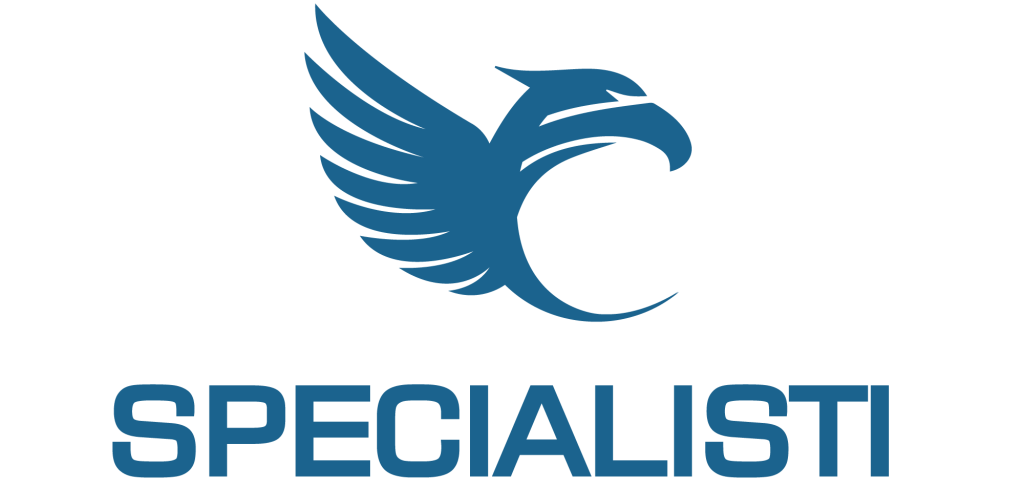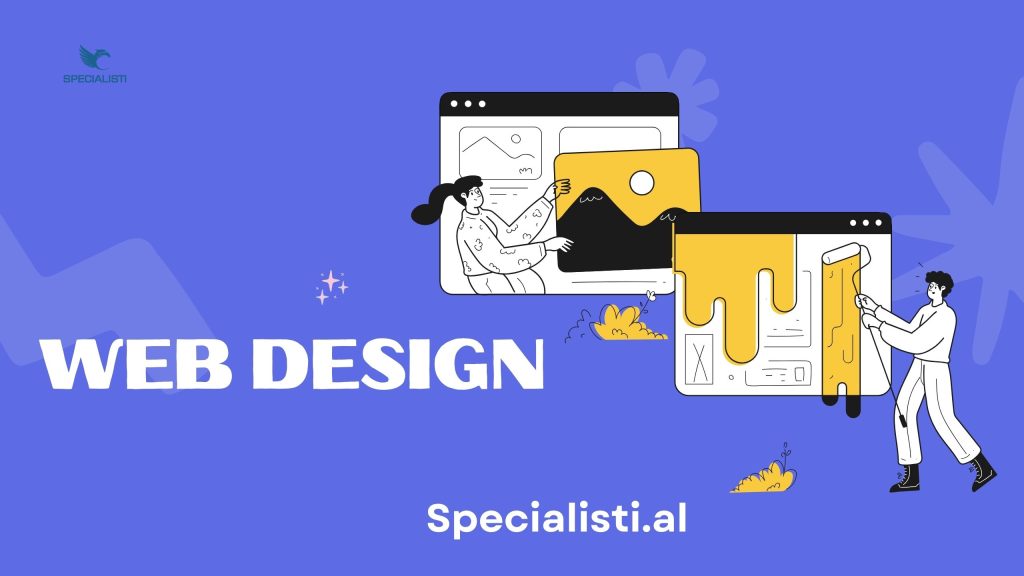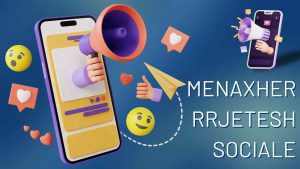Web Design
User Experience Design (UX, UXD, UED, XD) is defined as: the process used by teams of design to create products that offer users experiences and emotions appropriate and meaningful. What does web design include? This includes design of the complete process of product acquisition and integration, including aspects of branding, design, usability, and functionality.
UX Designer
He is the person who bears the primary responsibility for leading the design process, from the early stages to the product launch. His skills are diverse and as general as possible, ranging from psychology, design, to technology. He must have empathy for the user, a deep understanding of User-Centered Design (UCD), and analytical skills. He must have knowledge of various technologies and understand technical limitations. UX designers conduct user research, interviews, surveys, and use this information to create storyboards, user journey maps, wireframes, and prototypes (usually hand-drawn).
Analysis & Concept for a Web Design
Now that you have completed the research, you can take that information and start working with it. A good way to visualize the information is through personas. Personas play the role of guides when it comes to making design decisions. If you happen to get stuck, simply refer back to the personas to remind yourself of the user's needs.
One quality that a UX designer must have is the ability to accept new information and listen to colleagues' opinions. You are the true leader, but also the designer, and your role is to help the rest of the team get involved in the design process. The most important thing is collaboration, which ultimately leads to a very solid result.
WIREFRAME & DESIGN
The next phase is taking the finalized concept and transforming it into a simple visual representation. This phase is entirely focused on content. In this stage, you will design the sitemap, user flow, mock-up, etc. One of the most valuable things you can create in this phase is a wireframe.
A wireframe is a low-fidelity representation of the product's design. Its creation involves two phases. The first phase when everything is done on paper and in tables. And the second phase when they are created using design software. The first part involves more collaborative work rather than being solely the responsibility of an individual (the UI designer).
ANALYSIS
After the project launch, an optional phase follows, bringing the design team highly valuable insights. This is another analysis phase related to your product. In this phase, together with the team, you will answer questions such as:
At which points did the process succeed?
Where did we face challenges and setbacks?
How are users responding to the product?
Have we managed to solve their problems and pain points?
With a solid initiative for reflection, you will gather invaluable knowledge, which you can use to make your future projects run even more smoothly. Now, at least you have an idea of what it means to be a UX designer. This might help you feel more at ease before being hired for the UX designer position.




